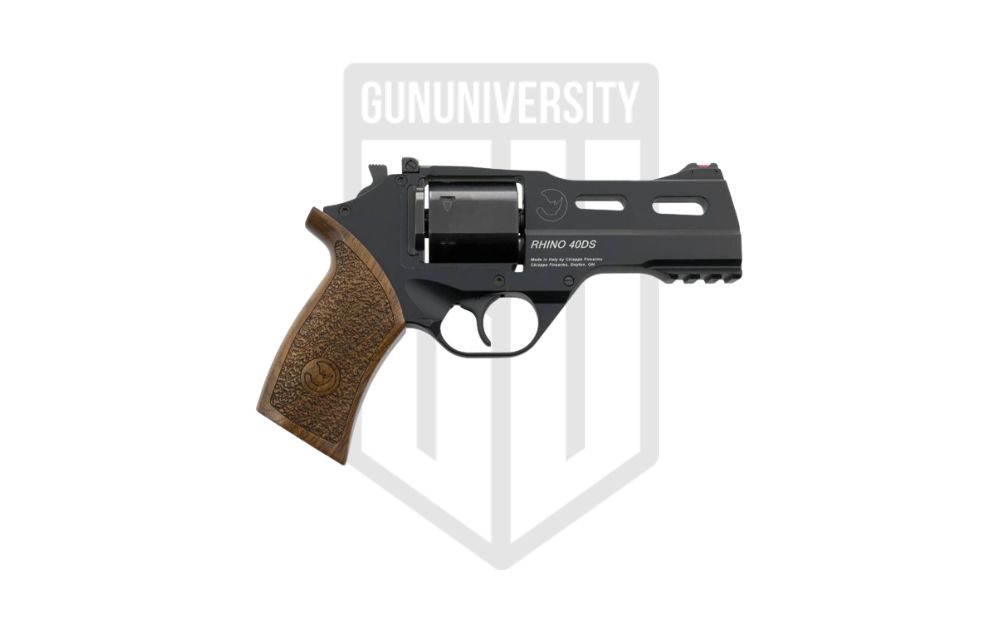Rifle Scope Mounts – Explained (What they are / How they work)
If you’ve ever tried to mount a scope to a rifle, you know how confusing it can be to pick the right parts with all of the options and terminology.
Before you can mount your scope to a rifle, you need to make sure that you have the proper rifle scope mounts for your particular scope, rifle, and purpose (yes, this matters).
But, even when you know which style of mounts you want, one of the hardest parts is knowing which scope rings will fit your rifle and scope combination. That’s why we made a really cool free tool called the Scope Ring Finder.
In this article, we’re going to walk you through the different types of rifle scope mounts and explain how they work, including the pros and cons of each, so that you can make the right choice for yourself.
Table of contents
Scope Mount Basics
What is a scope mount?
A scope mount is a component (part) that is used to attach a scope to a rifle.
Rifle scope mounts can be best understood by breaking them down into a few categories:
- Rings vs “Mounts”
- Interfaces (picatinny mount, weaver mount, etc)
- Ring sizes and heights
- Scope Bases
- Options (quick release, cantilever, etc)
We’re going to cover each of these categories below because each of these options are important to knowing which rings or mounts are right for you.
If you’d like help understanding more about the importance of of scope mounts, jump down to why it’s important to have the right scope mount.
Scope Ring vs Scope Mount
The terms “scope ring” and “scope mount” can sometimes be used to mean the same thing, however, there can be a slight difference between these two items.
Technically, scope rings are a type of rifle scope mount because they are used to “mount” or attach a scope to a rifle. However, there’s an entire category of parts that are “scope mounts” that aren’t rings.
Whew. Let’s explore this some more…
I consider any scope mount that wraps around the scope’s body to be a “ring” whereas a part that attaches to the bottom of an optic only (usually specifically made for a particular optic whereas a ring can fit any scope of a certain diameter) a “mount.”
If you’re using an optic (like a red-dot), especially on a firearm like an AR-platform with a picatinny rail, you’re probably going to use a mount.
If you’re using a standard rifle scope (with a tube for the main body), you’re going to want scope rings and you likely will also need a rifle scope base to connect the rings to the rifle.
If you need help figuring out which scope rings and which rifle mount you need, please go check out our free tool to help you select the right rifle scope mounts.
Scope Mount Interfaces
Before you can choose the correct size and height rings or mount, you really should determine which interface you are going to use.
Most bolt action rifles will need a scope base – a part that attaches to the top of the receiver of the rifle. However, it is becoming more popular for options without a base – this includes rifles that have an attachment system built into the rifle from the factory and also rings that don’t need a base.
A way to think about it is this: the base attaches to the rifle and the rings attach to the scope. Then, the rings and base attach to each other.
The rings, therefore, must be the right size to fit the scope (more on this next) and the base must be made to fit your particular rifle (more on this below). The rings and the base must also be the same “interface” in order to properly attach to each other.
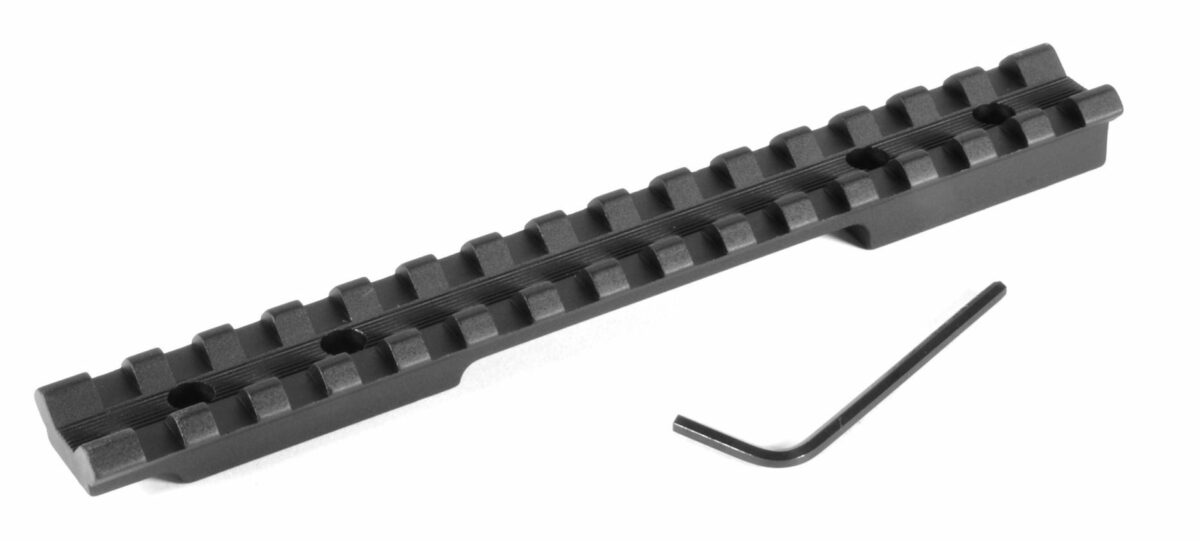
The most popular interfaces are picatinny and weaver which are both cross-slot style systems. However, there are MANY other interfaces available such as dovetail, Leupold QD, and more.
Although some interfaces can work with each other, a general rule is that the rings must be of the same interface as the base – or in cases of a rifle that doesn’t need a base (whether it is an AR style rifle and it already has a picatinny rail or it is a bolt action rifle that already has an interface machined into the receiver), the rings must be the proper interface for the rifle.
For example, if you have weaver rings, you’re going to want a weaver rail.
If you’re setting up a target/tactical rifle, stick with the picatinny system.
If you’re setting up a hunting rifle, you should look to some of the base-less systems wherein the rings attach directly to the the scope base mounting holes on a rifle thereby removing the need for a base (we call these integral rings and the most popular brands are Talley and Leupold Backcountry rings).
If you’re using our scope ring finder tool, selecting the interface you’d like is one of the initial steps to finding the proper scope mount for your rifle.
For more help picking the right interface, check out 12 Best Types of Rifle Scope Mounts
Ring Sizes and Heights
After you’ve decided on which interface you’ll use, you MUST select the appropriate rings size and height.
Ring Size: The ring must be the right diameter for the scope body (the scope tube). This is fairly straight forward if you know the dimensions of your scope.
Ring Height: This is where it can get tricky. I personally like my rings as low as possible. However, the rings must be tall enough so that the front of the scope (the objective lens) is high enough that it doesn’t contact the rifle’s barrel and the rear of the scope (the ocular lens) must be high enough that the bolt handle (of a bolt-action rifle) is able to clear the scope when reloading.
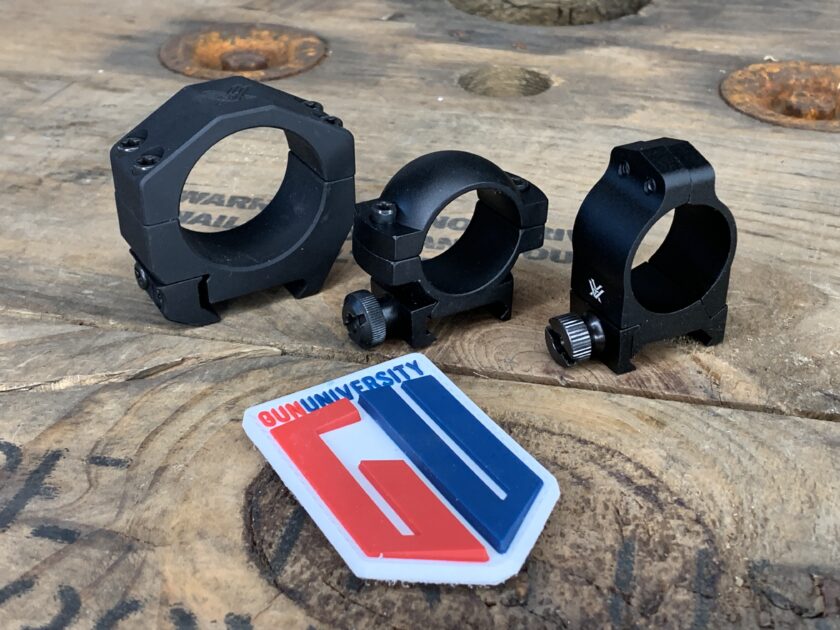
When calculating ring height, you’ll not only need the specifications of your scope, you’ll also need to know the height of your rifle base (if you’re using one), the contour (shape) of your barrel, the angle of your bolt handle lift, and more.
This can be a trail and error process wasting lots of time and money – we’ve all put up with this for years and I just assumed that it was part of the process until a good friend asked me how to do it and I explained the absurd process we’ve all gone through of trying to measure, ask around for advice, and try multiple rings until we found the right set. Heck, even after we found the rings we needed, the next challenge was to find where they were in-stock and available for purchase.
Seriously, just go use our ring height calculator, which also shows live inventory and price results all over the internet, and be done with it. :)
Scope Bases
Scope bases are really straight forward: they must be the right base to fit your rifle and in the correct interface to fit your rings.
I use quality scope bases on all my long range precision and tactical rifles but for hunting rifles, I’ve switched almost solely to integral rings (or integral mount) and avoid using base all together. Doing so make my system lighter, less expensive as there are less parts to purchase, and stronger and there are fewer points of connection that can fail or move.
If you’d like help knowing how to mount your base (and rings and the rest of your scope), check out How To Mount Your Scope.
Rifle Scope Mount Options
When you’re looking for rifle scope rings or mounts, there are a few options that you may want to consider other than their size, height, and interface.
Cantilever Mount: If you’re mounting a magnified rifle scope onto an AR platform, you only want to attach the mount or rings to the rifle’s receiver (not the hand guard) for stability.
Mounting only to the rifle’s receiver usually makes a magnified scope too far back to comfortably shoot the rifle and see through the scope. Therefore, a mount that can move the scope forward is desirable – these mounts are called cantilever mounts.
Note, these are usually only available as a picatinny scope mount.
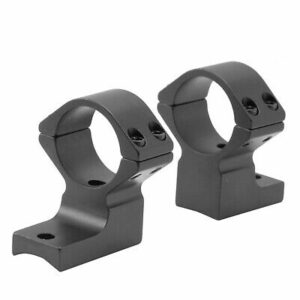
Quick Detach Rings or Mount: In tactical situations, it is sometimes desirable to have rings or a mount that can quickly detach in case the scope breaks or fails.
Integral Rings: These rings mount directly to the rifle receiver and do not need a base. These are becoming popular on hunting rifles to save weight and to minimize potential failure points.
Best Rifle Scope Mounts
Although you need to find which system works best for you, I can give you some recommendations based my experience about which mounts are the best.
If you’re looking for precision rifle mounts, I recommend you stick to premium options like the higher-end offerings from Vortex Optics, Aero Precision, Leupold, and Seekins Precision. They are the best and what the pros use.
If you’d like to save some money, you can use offerings from Primary Arms and, especially on an AR platform, a Warne Scope Mount. These will be good enough for almost all shooters but they are not “professional grade mounts.”
For hunting rifle applications, I think the best rings are either Talley rings or the new Leupold backcountry rings which both mount directly to the rifle’s receiver.
If you’d like to save some money here you can look at weaver scope mounts or maybe even use a dovetail slot if your rifle has one. These can work fin for casual use but they are not considered robust and should be avoided on high-recoil rifles or in applications where strength is needed.
Why It’s Important to Have the Right Scope Mount
Putting an optic on a rifle is an effective method to make it easier to see what you’re shooting at, and for most shooters, to help improve their accuracy over using an iron sight.
However, the scope must be zeroed to the rifle (the aiming point in the scope corresponds with the impact of the bullet at a certain distance) and the scope must be properly and securely mounted to the rifle so that it doesn’t move / change its position or else you won’t be able to hit what you’re aiming at.
This doesn’t mean that the strongest or most robust scope mount is always the best option.
When it comes to precision rifle shooting I personally like strong and secure scope rings and a scope base – this is also true for larger rifles with more significant recoil.
However, for hunting applications where weight is an issue, I like lighter weight rings that may not be as solid but they’re good enough when compared to the weight savings.
Also, if I have something like a rimfire rifle that I have for plinking, it doesn’t make sense to spend a lot of money on premium scope mounts.
As you can see, knowing which mounting system to use is not always straight forward and requires some thought to ensure you have the right setup for your needs.
Recent Posts
October 31, 2025
October 29, 2025
October 29, 2025
October 25, 2025


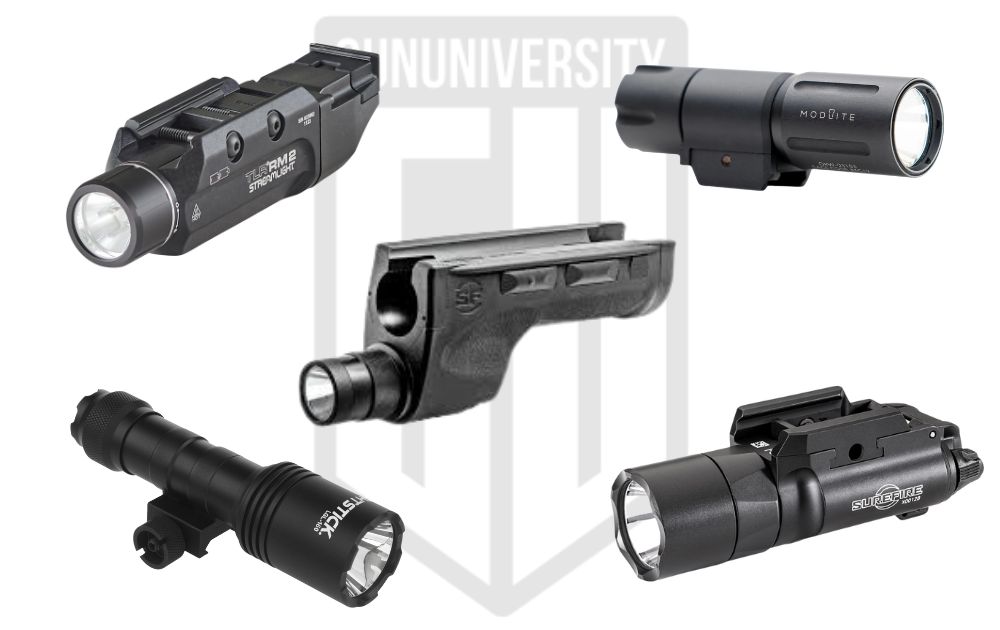

![Right to Bear CCW Insurance Review [2025]: Written by a Lawyer](https://gununiversity.com/wp-content/uploads/2022/06/Right-to-Bear-Insurance-Review.png)
